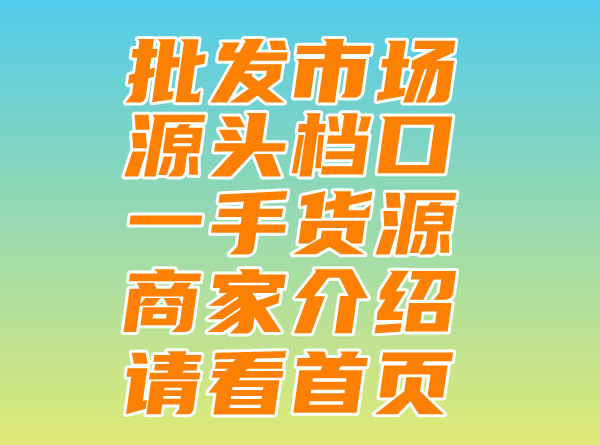Luxury Replica Distribution Channels: An Examination of the Market.
Luxury Replica Distribution Channels: An Examination of the Market.,
Luxury Fake Goods Channels
In the contemporary retail landscape, the phenomenon of imitation or ‘fake’ luxury goods has become a widespread and often debated topic. This article explores the channels through which these items reach the masses.
Online Marketplaces:
The internet has revolutionized the way in which imitation luxury goods are distributed. Online marketplaces, such as eBay, Alibaba, and numerous social media platforms, have become a major hub for these items. With a wide reach and the ability to showcase products to a global audience, these platforms provide a convenient channel for both manufacturers and retailers.
Replica Dealers:
Replica dealers are another significant channel for selling fake luxury goods. These are often physical stores or online entities that specialize in selling high-end knockoffs. They often have a sophisticated marketing strategy, attracting customers looking for affordable alternatives to genuine luxury brands.
Gray Market Imports:
The gray market plays a role in the distribution of these goods as well. This involves the importation of overstocked or discontinued luxury items from various countries where they are not as strictly regulated. These items are then sold in markets where demand is high and regulation is less stringent.
Social Media Influencers:
Social media has become an influential platform in promoting these products. Influencers with a significant following often showcase ‘inspired’ luxury goods to their followers, promoting them as affordable alternatives to the real thing.
Secondhand Markets:
Secondhand markets, such as thrift stores or online platforms dedicated to secondhand luxury goods, also play a role in the circulation of fake luxury items. While these markets often authenticate items before selling them, there is still a chance for fakes to slip through.
Understand Risks and Challenges:
While these channels provide access to affordable luxury goods, there are also risks and challenges associated with buying fake luxury items. Consumers should be aware of potential quality issues, health risks from poor manufacturing practices, and the ethical implications of supporting these products.
The Way Forward:
Manufacturers and governments should prioritize combating the sale of fake luxury goods through education and regulation. Consumers should be encouraged to shop responsibly and support genuine brands that prioritize quality and ethical production practices.
Conclusion:
The channels through which fake luxury goods reach consumers are diverse and constantly evolving. Understanding these channels and the risks associated with them is crucial for making informed purchasing decisions.

- Luxury-Style Rabbit Bag: The New Fashion Statement!
- Luxury Replica Men's Watch Recommendations
- Luxury Knockoffs Reporting: The Fight Against Fake Luxury Goods
- 仿奢侈品女包风潮:时尚魅力与实用并重
- Luxury Jewelry Brand Knockoffs: The Insight on High-End Imitations
- Luxury Fake Brands in Foreign Trade: Origin, Impact and Trends
- Luxury Goods High-Quality Replicas: The Fine Art of Imitation.
- Luxury Fake LV Scarf: The Ultimate Guide to Fashion Accessory Simulations


